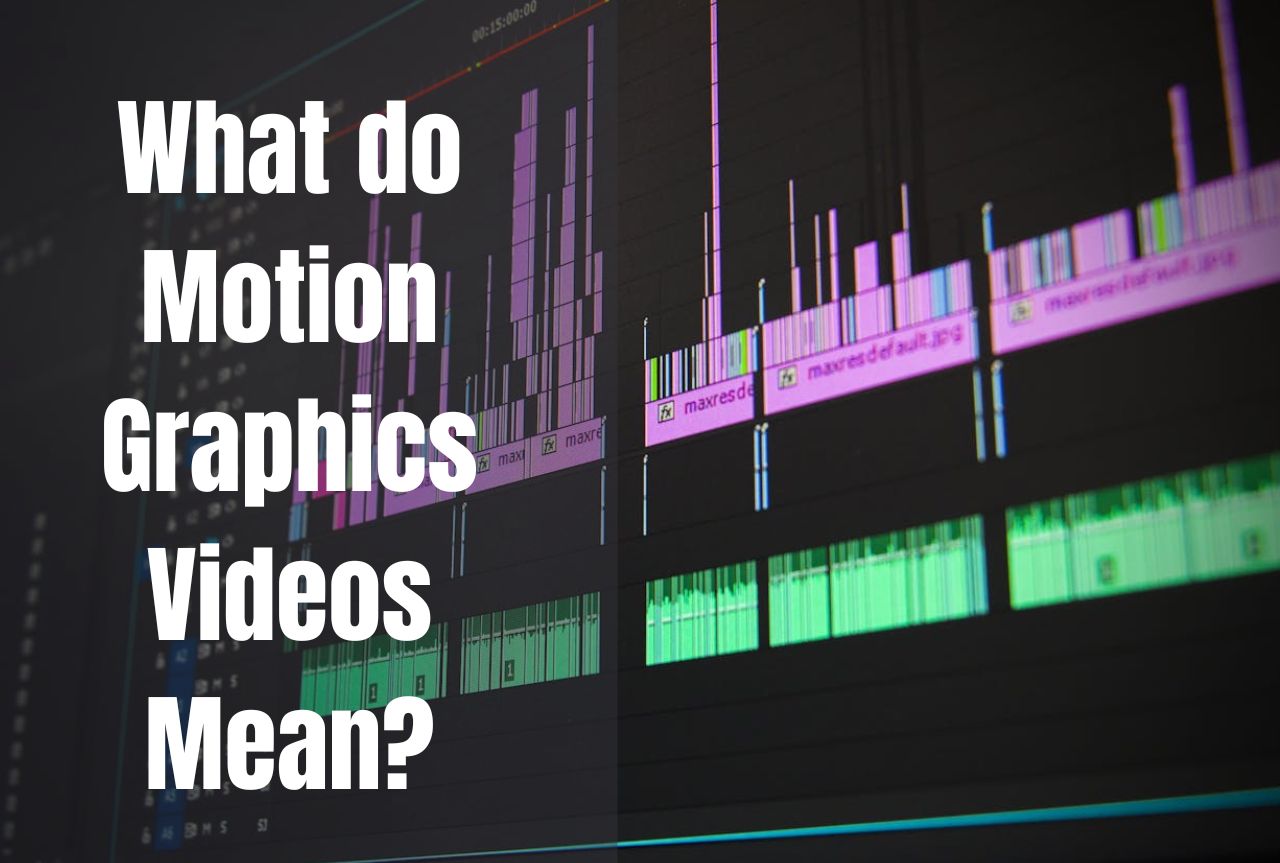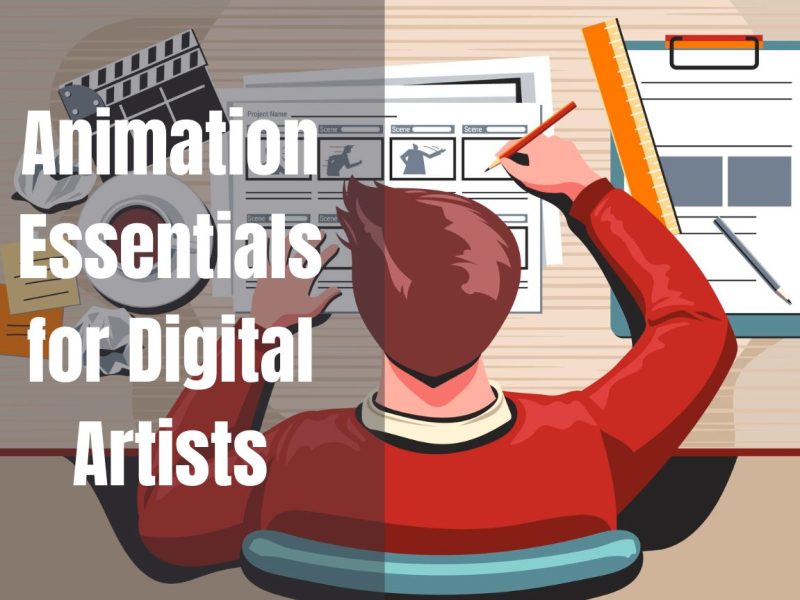Have you ever talked about why turning graphics into motion is the first step in animation? Okay, the reason is that motion graphics aren’t the only thing happening; they also give the visuals more energy. Putting together the image’s parts to make the final version takes more than one step, starting at the beginning. Because of the time frame, the graphics will be mixed to make an animated picture.
Colors can be easily understood before images or even words regarding motion graphics. Grey noise patterns on our TV screens are something we’ve all seen at some point. It would be a thick plan with black and white dots on the screen unless it were still.
The picture will move after being split into two frames, black turns white, and white turns green. Doing the process over and over gives it energy and sets a certain amount of time. The grey noise signal has nothing to do with motion graphics but can still help us understand it better.
Flipbooks were first used as animation tools in the early 1800s to make pictures move in a certain order and create motion. Then, in the 1960s, John Whitney (co-founder of Motion Graphics Inc.) created motion pictures to make opening sequences for TV shows.
Modern media was far behind in how pictures could be put in motion. Later, when Trish and Chris Meyer’s book “Creating Motion Graphics” made desktop applications for Adobe After Effects famous, people worldwide started to specialize in making animated videos.
Motion graphics are dull without sound effects, but they can give you a good idea of what animation is like. Sure, a balloon popping would make a strong image, but looking at it wouldn’t be pleasant. The animated movie is another good mix of sound and computer effects in motion.
Without motion graphics, the animated picture is just a still slide show. There is no animation without motion graphics, whether it’s animation of text, charts, characters in 2D, or scenes in 3D. It gives the video life and makes it interesting to watch. This gives a story summary of the film’s main idea and theme.
Motion graphics can be used in animated videos for various purposes, including professional animation, advertising, knowledge sharing, humor, comics, animation, music, recognition, TV show title sequences, corporate videos, instructional photos, podcasts, online shopping, and more.
Some goals are boosting viewer engagement, income, customer base growth, video promotion, and lead generation. You can find more of it on video search tools like YouTube and Vimeo. It has even been used as a portfolio title on some personal and business websites.
There is a list of applications that can be trusted to help plan and create motion graphics. Photoshop, Illustrator, and After Effects from Adobe are some of the artists’ most famous graphic design programs. Photoshop is frequently used to resize and crop pictures, but it also has a lot of filters and other advanced tools that let you use your creativity and open up new avenues.
The image is the first part of the storyboard animation. In this case, Illustrator works as a tool for pixelating vector images. There’s a place to work on animation after this. Designers like AE because it can be used in many ways. It’s used to make animations in both 2D and 3D worlds. Besides these, Cinema 4D, Red Giant Software, and Mocha AE are usually used for animation.
All over the Internet, animated videos are getting more and more famous. It’s not limited to a certain age group, so any group needs to be added. The future of advertising for cartoon movies is now bright. Most of the traffic on the web comes from animated pictures.



